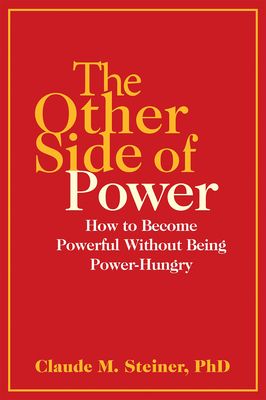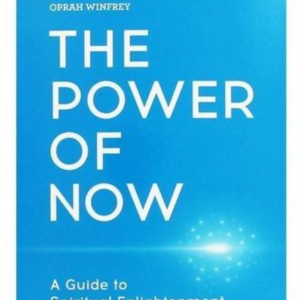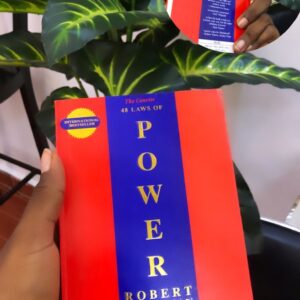In “The Other Side of Power”, Claude Steele offers a groundbreaking exploration of power dynamics, challenging traditional notions of power and influence. Steele argues that true power lies not in dominance or coercion, but in the ability to navigate complex social contexts, build relationships, and create value for others.
Key Concepts
1. The Two Sides of Power: Steele introduces the concept of two distinct sides of power: the “hard” side, characterized by dominance and control, and the “soft” side, marked by collaboration, empathy, and social connection.
2. Identity-Based Power: Steele explores how social identities (e.g., race, gender, class) shape our experiences of power and influence. He argues that understanding these dynamics is crucial for building effective relationships and wielding power.
3. The Power of Frames: Steele discusses how cognitive frames (mental models or perspectives) influence our perceptions of power and social situations. He shows how reframing these situations can help individuals and groups build power and achieve their goals.
4. The Value of Vulnerability: Steele challenges traditional notions of power by highlighting the importance of vulnerability, empathy, and openness in building strong relationships and achieving influence.
Key Takeaways
1. Power is not a zero-sum game: Steele argues that power can be created and shared, rather than simply competed for.
2. Relationships are key: Building strong, empathetic relationships is essential for wielding power and achieving influence.
3. Context matters: Understanding the social context and navigating complex power dynamics is crucial for success.
4. Vulnerability is strength: Embracing vulnerability and openness can help individuals and groups build trust, credibility, and influence.
Target Audience
“The Other Side of Power” is a valuable resource for:
1. Leaders and managers: Seeking to build more effective relationships and wield influence in their organizations.
2. Social justice advocates: Working to address issues of inequality and social injustice.
3. Individuals seeking personal growth: Looking to develop greater self-awareness, empathy, and social connection.
4. Researchers and scholars: Interested in social psychology, power dynamics, and social inequality.
Conclusion
“The Other Side of Power” offers a nuanced and insightful exploration of power dynamics, challenging readers to rethink traditional notions of power and influence. By emphasizing the importance of relationships, vulnerability, and social context, Steele provides a valuable framework for building effective relationships, achieving influence, and creating positive change.






Reviews
There are no reviews yet.